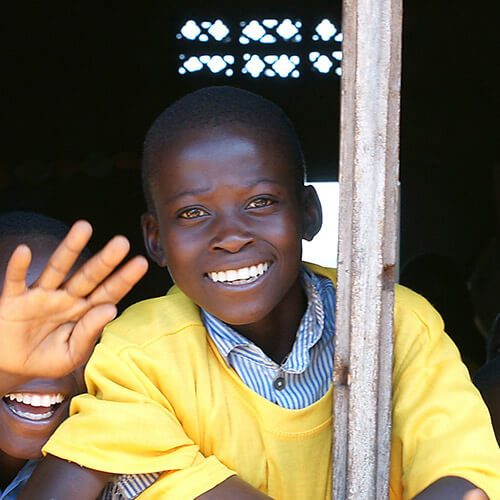The Trials of Observing Trials
Similar to the other volunteers here on the blog, I became involved in the Courtwatch project thanks to Adam. I recently completed a master’s degree in Gender, Feminist and Women’s Studies at York University and while my thesis focused on the issue of how to make high school curriculum more inclusive, the lack of formal teaching and discussion of healthy relationships in schools is one I have always found troubling. I attended an all-girls high school in Toronto and the subject of healthy relationships between partners was never brought up in our health class or in any other classes (current, up-to-date sex education is wholly lacking in Ontario, but that is another matter). Courtwatch was an opportunity for me to learn more about the issue of domestic violence and to witness our justice system’s response to both offenders and victims.
The first meeting I attended, back in May of 2013, laid out the plan for the summer: the volunteers were to observe as many domestic violence court cases in Toronto as we could and to use a survey form to record our findings. Eager as I was, I was also in the midst of writing my master’s thesis, and so I did not begin attending court until August. Though by that time there was a slightly larger number of us involved in the project, there were ongoing problems in actually finding when and where domestic violence cases were being held so the data collected was somewhat slow in coming in. As Adam mentioned in his first blog post, this year’s project is not funded yet (though continued efforts are being taken to change this), and therefore there are less resources available to the project which has made it a bit more challenging. It is this issue that I would like to make the topic of my blog post.
As a small team of volunteers lacking a full-time overseer to collect and organize information regarding the scheduling of domestic violence trials, finding out the exact dates and times is sometimes a gamble: information we collect concerning scheduling is not always accurate and is subject to change that we are not notified about. Due to the sensitive nature and laws of confidentiality that guard domestic violence trials, information regarding the scheduling of trials is also not offered liberally. This combined with the near-impenetrable bureaucracy of the court system and lack of internal assistance, finding out the correct dates and times of trials has been extremely frustrating. I say this having visited court several times at either Old City Hall or College Park when domestic violence trials were said to be happening, waiting for court to begin, only to too late learn that there were not domestic violence cases being held that day but another case instead.
In nearly all the times that I have found myself sitting in a court room that was not dealing with a domestic violence case, a fellow volunteer and I would attempt to locate and speak to someone who could provide us information or re-direct us. Sometimes a tentative schedule for the next week would be provided to us, other times we would be sent in a goose hunt to another person or office, and still other times we were given no answer at all.
The first few times I entered a courtroom as part of Courtwatch, I felt like an intruder despite my reason for being there. It is an uncomfortable feeling to sit in on a domestic violence court case, to play the role of audience taking notes as a horrible experience is being relived and retold with required detail and within the confines of stiff legal language. For this reason, I would simply sit and wait (trials rarely begin on time) and hope that that day’s schedule was correct and a domestic violence trial would be beginning. Now, having attended too many trials that for one reason or another were not the expected domestic violence trials, I have learned that shyness is not the way to get through the system. For example, I now ask the Crown Attorney or lawyers present before court begins if the trial is for a domestic violence case, rather than waiting and losing time in the wrong court.
Although I understand that the goal and mandate of the criminal court is not to make it easy for students and/or observers to see trials, this experience has certainly highlighted for me how incredibly difficult it must be for a victim who is trying to navigate the criminal justice system in order to find out what is happening with a case she is directly involved with. One hopes that our criminal justice system should be accessible to all people – both those trying to understand how the system works, as well as and even more importantly, those directly involved with the system. My experience to date is that the criminal justice system has a far ways to go to be accessible to all people.
My experiences have also shown me the ceaseless effort that past Courtwatch projects have taken and the continual effort we must take in order to see the goal of this year’s initiative reached despite the obstacles we face along the way. Headway continues to be made as we navigate through the quagmire that is the organization of domestic violence trials and thanks to the continued work of the volunteers and growing support from those on the inside, we are becoming better at figuring out the exact dates and times of trials. Despite all, Courtwatch trucks on.
Until next time,
Katrina








